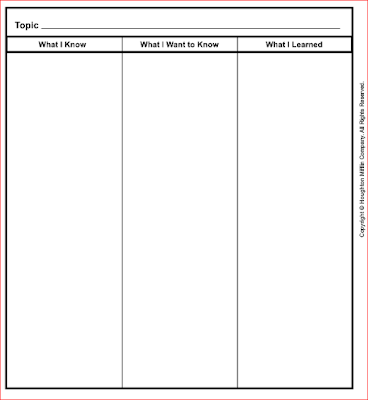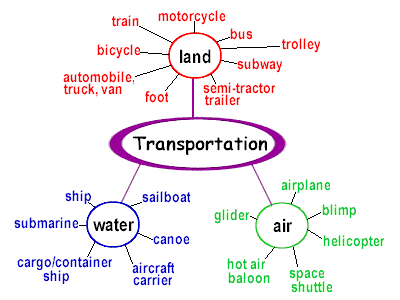Below is some information borrowed from the presentation made by Holly Fulghum-Nutters and myself at a recent Tutor In-Service on the subject of teaching comprehension. Have a look and hopefully you will discover some new approaches to try in your upcoming tutoring sessions. -- Randy
Question: Is it
possible to successfully read every word on the page, but still not understand
the text?
Answer: Yes!
Answer: Yes!
They had a purple miracle for three bloated
blocks. A man with a tasty highway will open the night for the April maple. If
ever a dog needed a flaming song, this grassy table will tell me today.
•
This passage obviously means nothing, but it
illustrates that it’s possible to read every word correctly and not understand
the meaning.
•
New readers may be focusing so intently on
figuring out each word that they lose the overall meaning.
•
It’s easy to assume that because the learner
reads every word correctly that they understand the material as well as you
would.
•
Make no assumptions, get in the habit of asking
questions about the text, even if the reading seems very simple.
*********************************
KWL Chart - a guided teaching and learning sequence
1) Draw a KWL chart on paper or whiteboard.
2) Carry out a brainstorm on a
topic, writing the learner’s ideas in the first (K) column.
3) Discuss what information the
learner feels they want to know about the topic. Write their ideas in the
second (W) column of the chart.
4) Explain that, as they read the
text, the learner will make notes about what they have learned in the third (L)
column.
5) Give the learner an individual
copy of KWL chart to record their own ideas in the first two columns.
6) The learner reads the text and
makes notes in the third column (L) as they read.
**************************
Use a Mind Map as a
pre-reading activity.
1) Discuss the topic of your reading selection
2) Brainstorm vocabulary words associated with topic. What does the learner already know about the subject?
3) Group words that fit together into sub-headings
This
activity can provide the learner with a learning scaffold to help build better
understanding of the text.


No comments:
Post a Comment